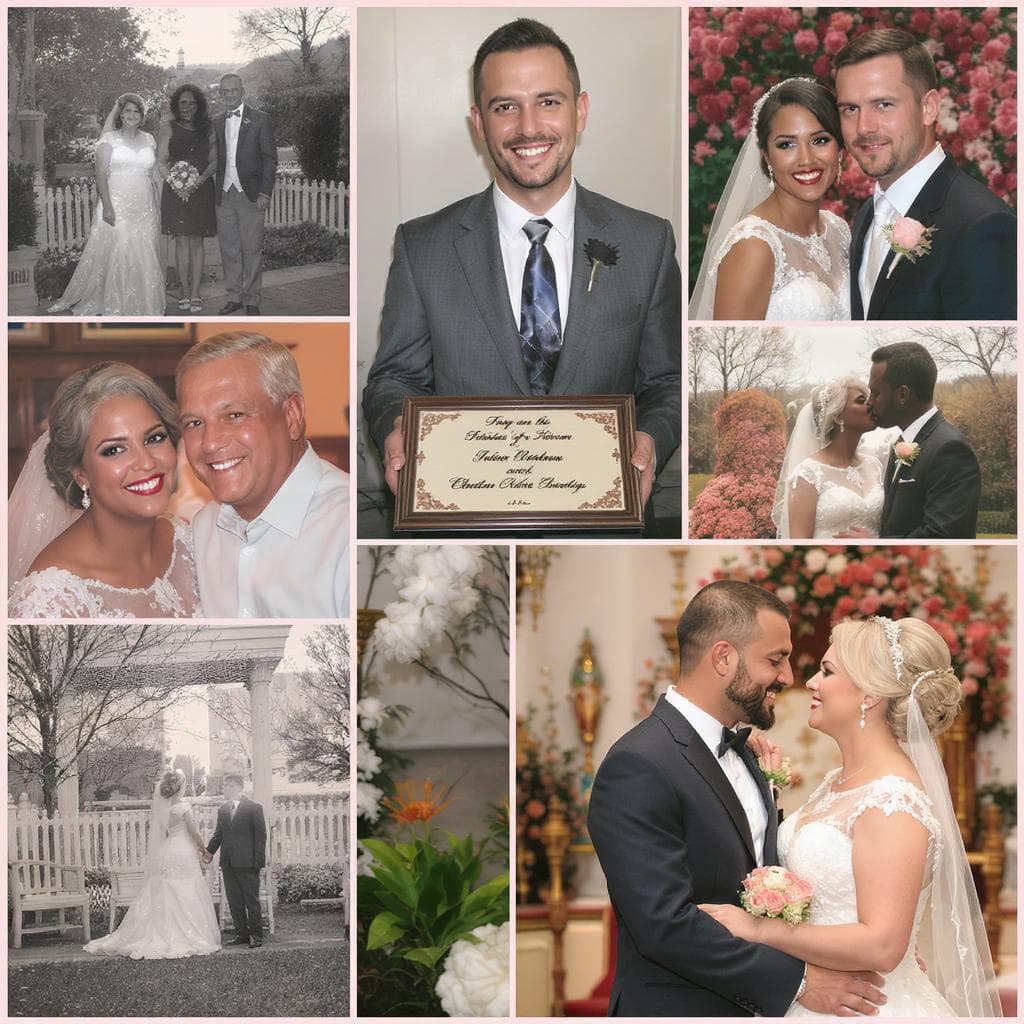Neural connections strengthen with each memory formation, a fascinating process we explore. Save these moments digitally with our platform.
Memory Formation: Science and Techniques
Learn how memories form in the brain, explore types, cases like H.M., and boost learning with our cloud platform.
Table of Contents
Introduction: The Magic of Memory Formation
How do memories form? Imagine a journey through the science of memory formation, where the scent of freshly baked bread transports you to your grandmother’s kitchen. Memory is a dynamic process involving brain changes. Our cloud platform preserves these moments.
Let’s explore two stories that shaped neuroscience: Henry Molaison (H.M.) , who lost the ability to form new memories, and
Solomon Shereshevsky , a journalist with a prodigious memory. Discover how our platform helps store memories.

The Science Behind Memory Formation
Memory formation is a complex process occurring within the brain. From neuron activation to synaptic connections, it’s an intricate dance of cells and molecules.
Memory is the brain’s ability to encode, store, and retrieve information. It’s a complex system with stages: Encoding, storage, and retrieval.
- Encoding: Transforming information into a brain-readable format, like a name.
- Storage: Saving information for later, from seconds to decades.
- Retrieval: Accessing stored information, like recalling a parking spot.
Memory formation involves three stages: Sensory memory, short-term memory, and long-term memory.
- Sensory memory: Captures sensory input for seconds, like iconic memory of a lightning bolt (Lesley University).
- Short-term memory (STM): Holds about 7 items for 20-30 seconds, like a phone number.
- Long-term memory (LTM): Stores information for hours to a lifetime, including events and skills.
The brain orchestrates memory formation with key regions: Hippocampus, cerebral cortex, and amygdala.
- Hippocampus: Encodes explicit memories, acting as an 'index' (Queensland Brain Institute).
- Cerebral cortex: Stores long-term memories, with visual memories in the occipital cortex.
- Amygdala: Enhances emotional memories, like a scary event (Live Science).
Memories form through synaptic plasticity , where neurons adjust connections (Queensland Brain Institute).
- Long-term potentiation (LTP): Strengthens connections with repeated use.
- Long-term depression (LTD): Weakens unused connections.
Eric Kandel’s In Search of Memory (2006) details these molecular changes.
Consolidation stabilizes memories:
- Initial consolidation: Stabilizes memories hours or days after an event (PMC).
- Systemic consolidation: Transfers memories to the cortex over years.
Reconsolidation allows memory modification upon recall, aiding PTSD treatment (Smithsonian Magazine).
Types of Memory
Memory formation involves multiple types, each with unique functions. See the table below.
| Type | Description | Example |
|---|---|---|
| Sensory Memory | Retains sensory data for seconds. | Recalling a lightning bolt’s image. |
| Short-term Memory | Stores data for 20-30 seconds. | Memorizing a phone number. |
| Long-term Memory | Holds data for hours to a lifetime. | Knowing how to cycle. |
| Explicit | Conscious memories (episodic, semantic). | Your wedding or France’s capital. |
| Implicit | Unconscious memories (procedural, priming). | Driving automatically. |
Distortions and False Memories
Memory formation isn’t perfect; it’s a reconstruction. Elizabeth Loftus’s The Myth of Repressed Memory (1994) shows suggestions create false memories, like ‘recalling’ a nonexistent traffic light.
Emotions distort memory, per Julia Shaw’s The Memory Illusion (2016). Our platform preserves accurate memories.
Notable Cases
Key cases illuminate memory formation science.
In 1953, Henry Molaison’s hippocampus removal for epilepsy eliminated new explicit memory formation. Suzanne Corkin’s Permanent Present Tense (2013) highlights the hippocampus’s role (The Guardian). Our platform offers digital memory backups.
Solomon Shereshevsky’s synesthetic memory overwhelmed him. Alexander Luria’s The Mind of a Mnemonist (1968) documents this (The New Yorker). Our platform organizes memories.
Memory Techniques
Mnemonics, like the method of loci, aid memory formation. Frances Yates’s Moonwalking with Einstein (2011) explore these (Five Books). Our platform enhances digital memory palaces.
Want to preserve your memories uniquely?
Check out our platform’s features
Memory and Learning
Understanding memory formation boosts learning. Brown, Roediger, and McDaniel’s Make It Stick (2014) recommends:
- Retrieval practice: Testing strengthens memories.
- Spaced repetition: Studying over time beats cramming.
- Interleaving: Mixing topics improves retention.
Our platform supports these with digital flashcards.
Cultural Perspectives
Memory formation has cultural significance. David Rubin’s In Search of Lost Time (1913-1927) explore this. Our platform archives cultural stories.
Explore More: Memory Resources
Explore memory formation with these platforms:
- National Institute of Neurological Disorders and Stroke: Memory disorders and brain health.
- Scientific American Mind: Memory and neuroscience articles.
- MIT OpenCourseWare: Free neuroscience courses.
- TED Talks on Memory: Inspiring memory talks.
- Memory Lab at Cambridge: Memory research.
Our platform complements these by storing personal memories.
Conclusion
Memory formation defines identity through synaptic changes and cultural techniques. Cases like H.M. and Shereshevsky highlight its complexity. Preserve memories with our cloud platform.
Memory is the diary we all carry about with us.
